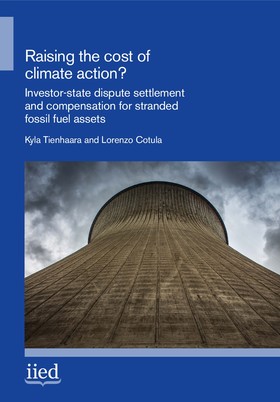Raising the cost of climate action? Investor-state dispute settlement and compensation for stranded fossil fuel assets
Global efforts to combat climate change will require a transition to renewable energy and government action to reduce reliance on fossil fuels such as coal, oil and gas. If followed through, such action will create stranded assets – in other words, economic assets affected by premature write-downs or downward revaluations, or converted to liabilities.


